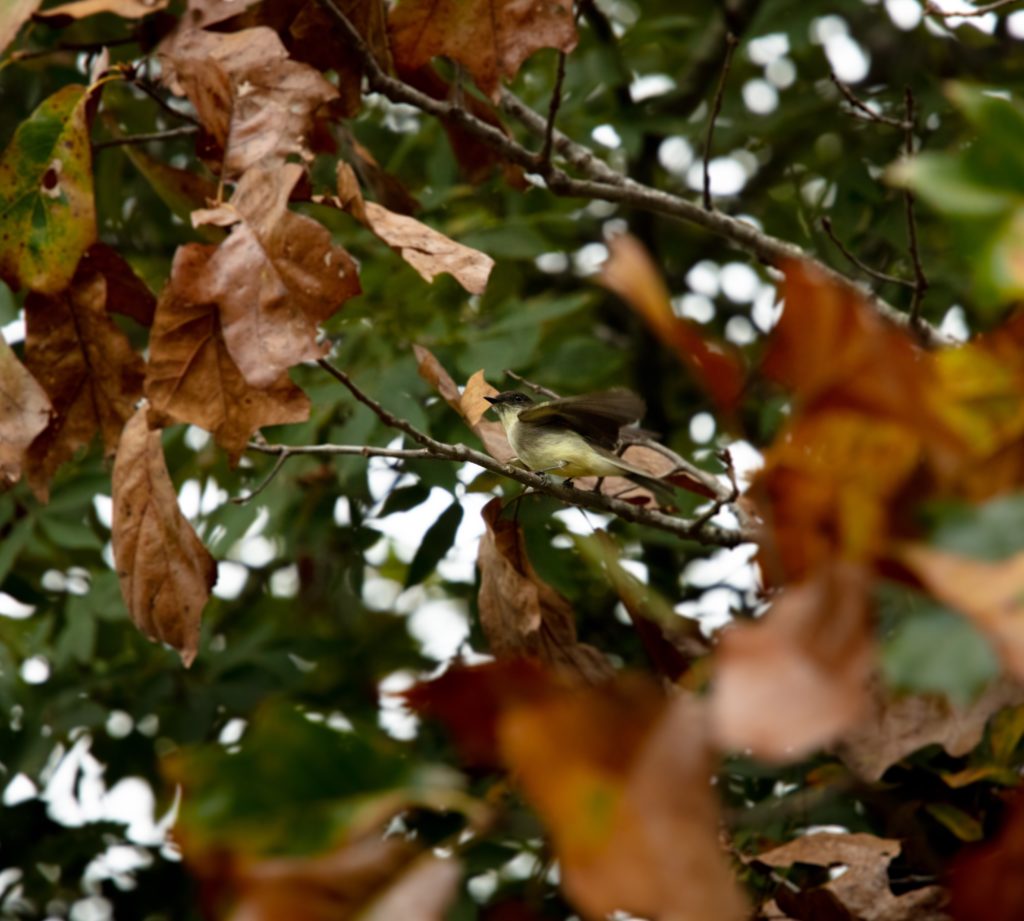While birding at Yates Mill Park in Raleigh this past weekend, I was delighted to see this sweet little Eastern Phoebe looking for a meal over the pond.
There were actually several of them flying around and I was able to catch one perching for a portrait as he rested between flights.


Though they are understated in appearance, Eastern Phoebes are easily ID’d by their behavior of pumping their tails up and down while at rest. They’ve also got a unique call which sounds like their calling out their name, “feeeee-bee” so their relatively easy to find by sound too.
Eastern Phoebes are a year round resident of North Carolina. During the breeding season, their best found in wooded areas near ponds, streams and lakes where they nest under bridges or beneath the eves of barns and other man-made structures which provide horizontal surfaces for them to nest on.
Although they’re not the showiest of birds out there, they are definitely one of the cutest and entertaining to watch hunt so it’s well worth taking the time to enjoy them if you can 🙂
Photos by @sally_siko of @birdwatching_nc on the full frame beast of an SLR, the mighty @canonusa
#5Ds



